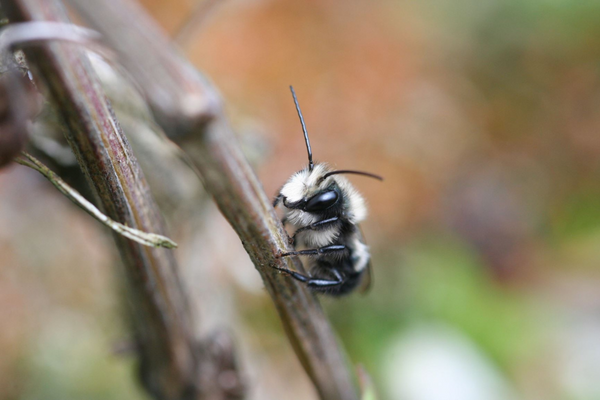First Frost: The first time frost occurs in autumn.
Last Frost: The last time frost occurs in spring.
All gardeners need to understand how to work with first and last Average Frost Dates. Keeping these dates in mind provides a very good idea of how early to plant different kinds of seeds, and how long to expect a growing season to last.
All vegetables take a certain amount of time to mature before they are ready to harvest, so it’s crucial to provide that time. There is no point sowing tomato seeds in July, because they take several days (or weeks) to germinate, and the plants will not be mature enough to begin flowering for at least a month after that. By the time the first fruits are ripening, the weather will begin cooling down, which is no good for tomatoes.
What is frost?
As air temperature cools after the sun goes down, there is a certain point at which water vapour in humid air condenses into liquid water, and comes out of the atmosphere onto solid surfaces. This is known as the dew point: The temperature at which dew forms from spring to fall. When solid surfaces are cooled below the dew point of the air, and it’s below the freezing point of water, the water vapour condenses as frost. Simply put, frost is just frozen dew, but they form in different ways.
Frost dates are not set in stone. We look at the past 30 years and achieve an average date for the last frost in spring and the first in the fall. This information can only be thought of as a very general guide simply because some springs are very warm and some are long and cold. The actual frost date can fluctuate by a month or more.
Microclimates and altitude also influence frost dates. In sheltered English Bay in Vancouver, the last average frost date might be weeks earlier than it is on nearby Burnaby Mountain. So a last average frost date for Vancouver (March 28th) must be taken as a broad indication only.
How to Use Frost Dates
All plants have different requirements. Some seeds need warm soil to germinate, while others prefer to sprout when it’s still quite cold. So growing instructions really are specific to the plant in question. As the How to Grow Guides on this website show, some seeds should be started indoors 6-8 weeks before last frost. Vancouver gardeners can calculate (based on the March 28th frost average) that they should start such seeds between February 1st and 15th. Earlier than that will result in transplants that are too big, and later will result in transplants that are too small, or that have to go out later in spring. In Kelowna, the last average frost date is May 19th, so a Kelowna gardener would start the same seeds around the third week of March to the first week of April.
The first average frost date in Vancouver is November 2nd. But the nighttime temperatures prior to that date will be getting too cold for tender plants like tomatoes and peppers to be outside without protection. Plants like some pumpkins or chili peppers, that require a full 120 days to maturity, will have to be given an early start in order to mature before it gets too cold.
Extending the Season with Crop Protection
With the frost dates in mind, the actual growing season can be extended by several weeks in both spring and fall through the use of crop protection. We recommend the use of Raised Garden Beds in the home garden, as they provide extra drainage, and will warm faster in brief winter sunny periods. Raised beds are easy to modify for use with cloche cover, wind protection, and heavy row cover. Used in combination, these methods can ensure a very early start to the season, and a prolonged harvest well into winter.
If certain crops are not quite ready and frost is in the forecast, simply lay down some heavyweight row cover over the row, and hold it in place with stones or ground staples. This fabric acts as a blanket, protecting crops from the potential danger of frost. It’s easy to install over raised beds, or even over farm rows.
















